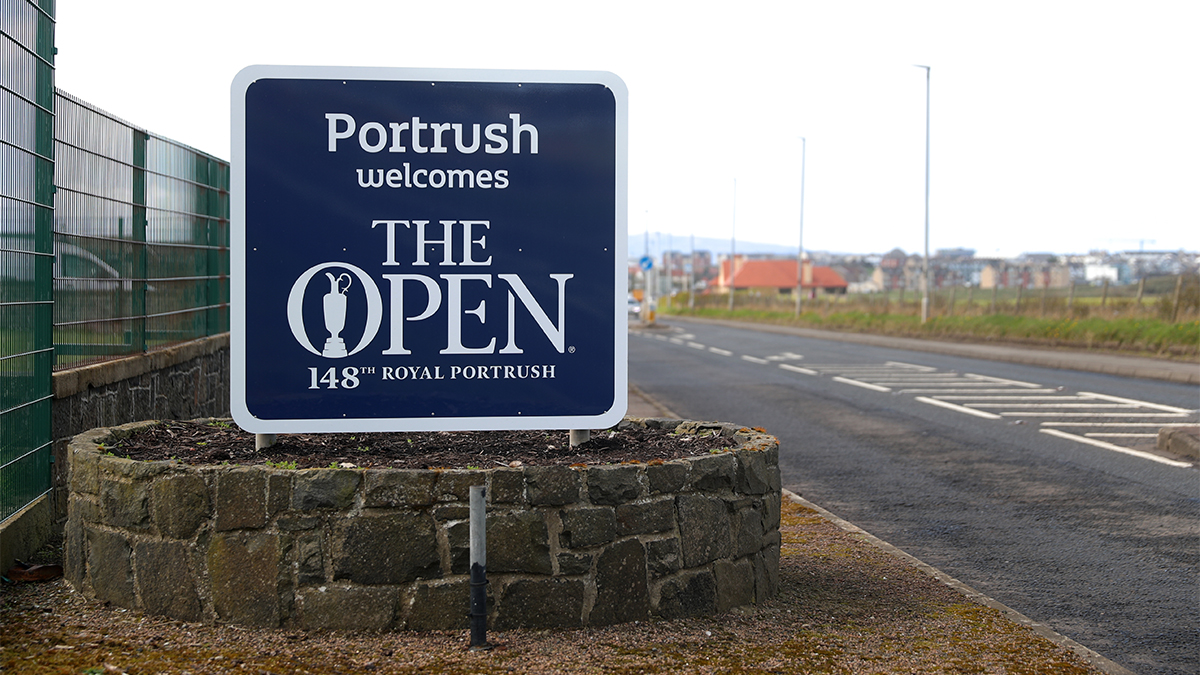Open Championship returns to Northern Ireland amid uneasy peace

In October 2015, the Royal and Ancient Golf Club of St Andrews — golf’s global ruling authority — announced the 148th Open Championship would be held at Royal Portrush in County Antrim, Northern Ireland. This historic announcement confirmed the oldest and most prestigious tournament in golf would return to Northern Ireland after a 68-year absence. It is the second time the fight for the Claret Jug will be held outside England or Scotland.

This edition of the British Open may be the most lucrative event Ireland has hosted. The tournament’s return signals the belief that the strife and military activity which once raged throughout the island has settled to the point where the competition can be held there. Still, despite a 21-year-old agreement that brought the long-standing "Troubles" to a halt, a pall lingers over Belfast as Northern Ireland continues to recover from decades of sectarian violence that claimed more than 3,000 lives.
The conflict known as the Troubles effectively began in 1968, less than 20 years after Englishman Max Faulkner won the 80th British Open at Royal Portrush.
Northern Ireland was created following the island’s partition in 1921. Tensions soon arose between loyalists who wished to remain in the United Kingdom and nationalists who sought independence. Northern Ireland’s majority Protestant population wanted to stay; the Roman Catholic majority in the south desired autonomy. These factions clashed, especially after the formation of the Irish Republican Army, which was organized with the goal of creating a free Ireland. The most prevalent wing of the IRA during the Troubles was the Provisional IRA, established in 1969.
Loyalist forces challenged the Provisional IRA throughout a 30-year conflict that included spontaneous protests, street fights, murder of unarmed civilians, bombings and forced disappearances. The civil strife proceeded unabated until the 1990s, when a peace process began in earnest and culminated in the Good Friday Agreement of 1998.
This pact — brokered between British and Irish leadership — built upon a 1994 ceasefire and was approved by a majority of voters on the island across two separate referendums in May 1998. Northern Ireland remained part of the United Kingdom, and a key stipulation in the agreement dictated loyalists and nationalists share power in a newly-minted government known as the Northern Ireland Assembly.
An uneasy peace has existed over the past 20 years. Several years passed before a true power-sharing agreement was reached. In the meantime, a new branch of the IRA, known as the “Real IRA,” was formed and subsequently outlawed by the Republic of Ireland, though it remains active. The organization planned a bombing to coincide with Prince Charles’s visit to the Republic of Ireland in 2015, and most recently it claimed responsibility for a bomb found under a police vehicle outside an east Belfast golf club in June 2019.
Against this backdrop, the R&A will host the Open Championship beginning July 18. Francesco Molinari will attempt to defend his crown, but the Italian isn’t among the top five betting favorites.
The location of this British Open — for now, at least — is set to overshadow whatever happens on the course. Terror and unrest is no longer widespread throughout the island, reflective of the progress that started with the Good Friday Agreement. Though antipathy likely will always be a defining feature of intra-Irish relations — and political murals are still seen across Northern Ireland — it can be argued that the return of the Open Championship represents a significant step in the healing process.
[masterslider id="7"]Jeremy Beren is a senior sports journalism major at Arizona State University
Related Articles
Despite vastly different climates, golf courses have same desire for sustainability
Free lessons for youth among efforts to rejuvenate golf at legendary St. Andrews Links

